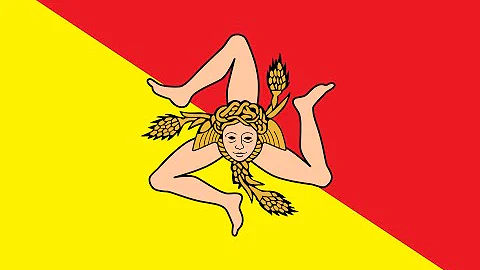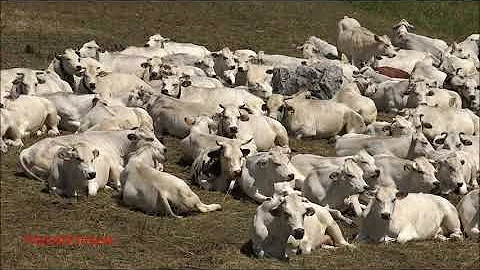Was there any evidence in the Salem witch trials?
Sommario
- Was there any evidence in the Salem witch trials?
- What type of evidence is used for the first time in the Salem witch trials?
- What were Salem witches accused of?
- What happened to the Salem witch accusers?
- What was the role of social status or standing in the Salem community in the witch accusations and trials?
- Why does science tell us not to rely on eyewitness?
- How did the Salem witch trials start?
- What are the Salem Witchcraft Papers?
- What tests were used to determine if a woman was a witch?
- What did Samuel Sewall ask at the Salem witch trial?

Was there any evidence in the Salem witch trials?
One of the reasons that the witch trials stand out in the history of early American law is that the court admitted spectral evidence to the proceedings. Spectral evidence was testimony in which witnesses claimed that the accused appeared to them and did them harm in a dream or a vision.
What type of evidence is used for the first time in the Salem witch trials?
Depositions and Hearsay. The evidence admitted at these trials usually followed the accused there from earlier proceedings. At the preliminary stages of the case, evidence often took the form of “depositions,” written statements from purported witnesses.
What were Salem witches accused of?
witchcraft The Salem witch trials were a series of hearings and prosecutions of people accused of witchcraft in colonial Massachusetts between February 1692 and May 1693. More than two hundred people were accused. Thirty were found guilty, nineteen of whom were executed by hanging (fourteen women and five men).
What happened to the Salem witch accusers?
What Happened to the Girls? Most of the accusers in the Salem trials went on to lead fairly normal lives. Betty Parris, Elizabeth Booth, Sarah Churchill, Mary Walcott, and Mercy Lewis eventually married and had families. ... Ann Putnam, Jr. , stayed in Salem Village for the rest of her life.
What was the role of social status or standing in the Salem community in the witch accusations and trials?
What role did social status, or standing in the Salem community, play in the witch accusations and trials? The lower status nobody will stand up for you and you have no supporters. They would pick easy targets, but as more people started to believe they would more to higher class people.
Why does science tell us not to rely on eyewitness?
Because individuals with certain psychological disorders, such as antisocial personality disorder and substance dependence, are at high risk for criminal involvement, they are also at heightened risk for false identifications by eyewitnesses.
How did the Salem witch trials start?
- In January of 1692, the daughter and niece of Reverend Samuel Parris of Salem Village became ill. William Griggs, the village doctor, was called in when they failed to improve. His diagnosis of bewitchment put into motion the forces that would ultimately result in the hanging deaths of 19 men and women.
What are the Salem Witchcraft Papers?
- The Salem witchcraft papers: Verbatim transcripts of the legal documents of the Salem witchcraft outbreak of 1692. New York: De Capo Press. ^ Massachusetts Archives Collection, vol. 135, no. 121, p. 108.
What tests were used to determine if a woman was a witch?
- The Horrifying Tests used in Salem to Determine if a Woman was a Witch. Impassioned figure-pointing, stunning accusations, torrents of tears, out-of-control hysteria. People in Salem, Massachusetts, as well as across the pond, were blamed for all sorts of malevolent misconduct back in the day.
What did Samuel Sewall ask at the Salem witch trial?
- On that day, Samuel Sewall asked Rev. Samuel Willard to read aloud his apology to the congregation of Boston's South Church, "to take the Blame & Shame" of the "late Commission of Oyer & Terminer at Salem". Thomas Fiske and eleven other trial jurors also asked forgiveness.















